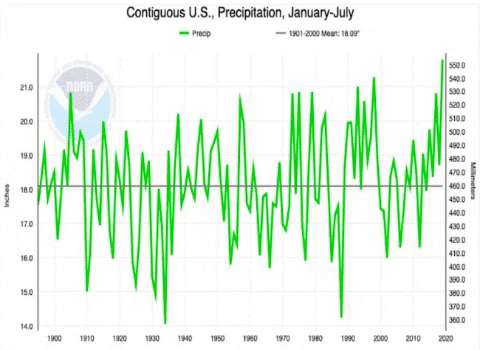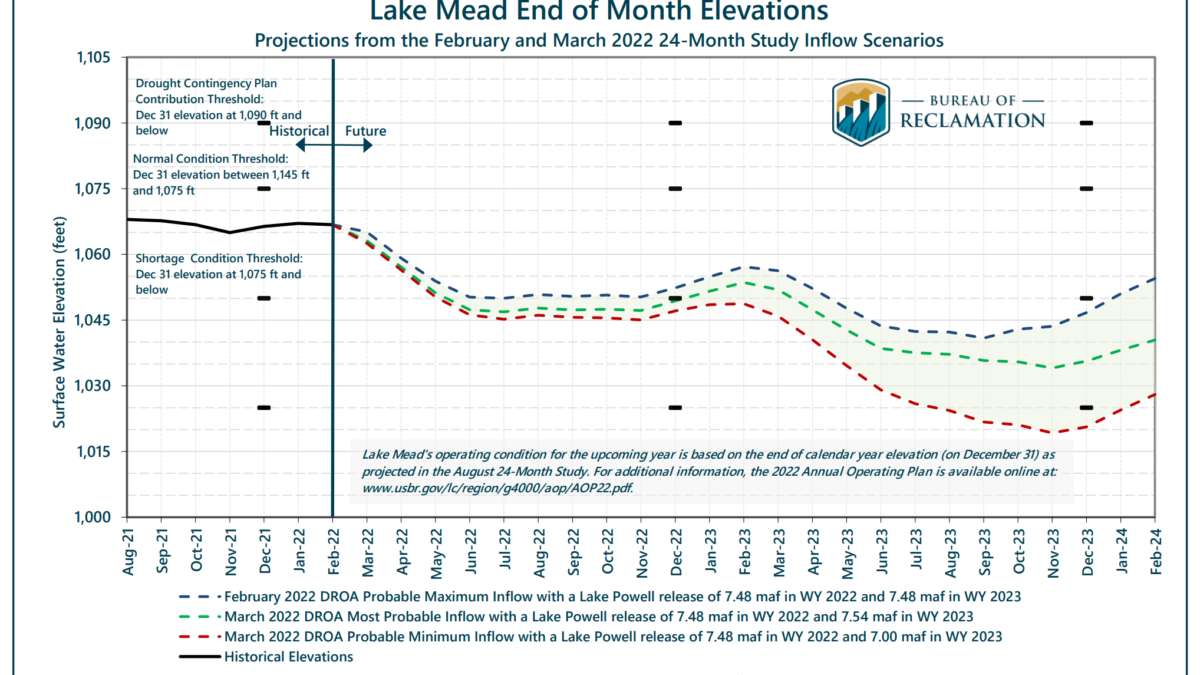Suicides in U.S. hit historic high in 2022, driven by increase among older adults – “We don’t know why the rate has been going up”

By Emily Alpert Reyes
29 November 2023
(Los Angeles Times) – Rising rates of suicide among older adults drove the number of such deaths to a historic high in the United States last year, even as suicide declined among youth, according to a report released Wednesday by researchers at the Centers for Disease Control and Prevention.
More than 49,000 people died by suicide in 2022 across the country, the highest tally recorded for the nation, according to federal figures. It’s the latest evidence of a troubling trend in the U.S., where suicide has been on the rise for much of the 21st century.
The U.S. suicide rate fell somewhat between 2018 and 2020, but then resumed its upward trend, alarming health officials. After adjusting the raw numbers to account for the age distribution of Americans, CDC researchers found that the nation’s suicide rate last year was 14.3 deaths per 100,000 residents — a level not seen since 1941.
The rate is based on preliminary figures for suicide deaths, which are expected to increase as 2022 deaths continue to be assessed and more of them are classified as suicides.

The growing numbers were propelled by rising rates of suicide among people 35 or older, federal figures indicate. Between 2021 and 2022, rates actually fell among those younger than 25, but rose significantly for many groups of older adults, the report shows.
“It’s somewhat different than what we’ve seen in past years,” said Sally C. Curtin, a statistician at the CDC’s National Center for Health Statistics and one of the authors of the new report. Suicide rates have increased across many demographic groups, but “if there’s a bright spot in the report, it is that decline for some of the younger groups which had been marching steadily up.”
The gender gap remained wide in 2022, with 23.1 deaths per 100,000 men and 5.9 deaths per 100,000 women. Elderly men were at especially high risk: Among men ages 75 and older, the suicide rate (43.7 deaths per 100,000) was roughly twice as high as for young males ages 15 to 24 (21.6 deaths per 100,000).
“People don’t realize that depression is not a normal part of aging” and that older people can access treatment for it, said Jill Harkavy-Friedman, senior vice president of research for the American Foundation for Suicide Prevention. Older people often face chronic conditions and pain and may also endure social isolation, which can also be affected by hearing loss, she said. “Connection is really important.”

In addition, older people may “feel embarrassed that they have to seek help for the way they’re feeling mentally,” because “they grew up in a time where stoicism was important in their life,” said Kathleen Cameron, senior director of the National Council on Aging’s Center for Healthy Aging.
For older men in particular, work often “provides them with their meaning and purpose in their life and when they no longer have that work to keep them going, that is such a loss for them,” Cameron said.
Though suicide was much less common among women than men, the age-adjusted rate for women rose 4% between 2021 and 2022, compared with 1% for men. Among women, the age range at highest risk of suicide was 45 to 54, with 8.9 such deaths per 100,000, according to the new report.
And there have been marked differences in suicide rates by race and ethnicity, with American Indian and Alaska Native people at highest risk (26.7 deaths per 100,000), followed by non-Hispanic white people (17.6 deaths per 100,000), according to the report.
Suicide rates have been significantly lower among other racial and ethnic groups in the U.S., including Black people, whose rate was 9 such deaths per 100,000. But other studies have questioned whether misclassification of deaths among Black people might affect the accuracy of those numbers.

The U.S. has seen suicides rise even as rates fell in many other countries. Experts have suggested a range of factors that might play a role, including the opioid epidemic, economic uncertainty and access to firearms, but there has been ongoing debate and scant consensus about the causes.
“We don’t know why the rate has been going up,” Harkavy-Friedman said. She stressed, however, that suicide is preventable, and “we do have things that we can do that we know work.”
The new report did not examine the specific manner in which people died, but a KFF analysis this year found that firearm-related suicides continued to rise in the U.S., accounting for 55% of all suicides in 2021 and 2022. Reducing access to such “lethal means” has become one focus for suicide prevention.
For suicide prevention, “firearms are the low-hanging fruit here” in the U.S., said Dr. Gonzalo Martinez-Ales, a psychiatrist and epidemiologist at Harvard University and Mt. Sinai Hospital in New York. Purchasing a firearm greatly increases the risk of death by suicide for anyone living in the same household, Martinez-Ales said.
Many people in crisis are suicidal for only a short period — as brief as five to 10 minutes — which means that if they didn’t have something highly lethal at hand, they would be at much lower risk, he said.
In addition, getting help can be more difficult in the U.S. than in other countries since “it can be challenging to navigate the healthcare system,” Martinez-Ales said. In the throes of a crisis, “making access to care easy in that moment might save your life.”
Cameron said that for older adults, stigma is a “huge issue” in seeking mental health care, and “even in the mental health community, there aren’t a lot of people trained specifically in geriatrics.” [more]
Suicides in U.S. hit historic high in 2022, driven by increase among older adults



One Response
Comments are closed.